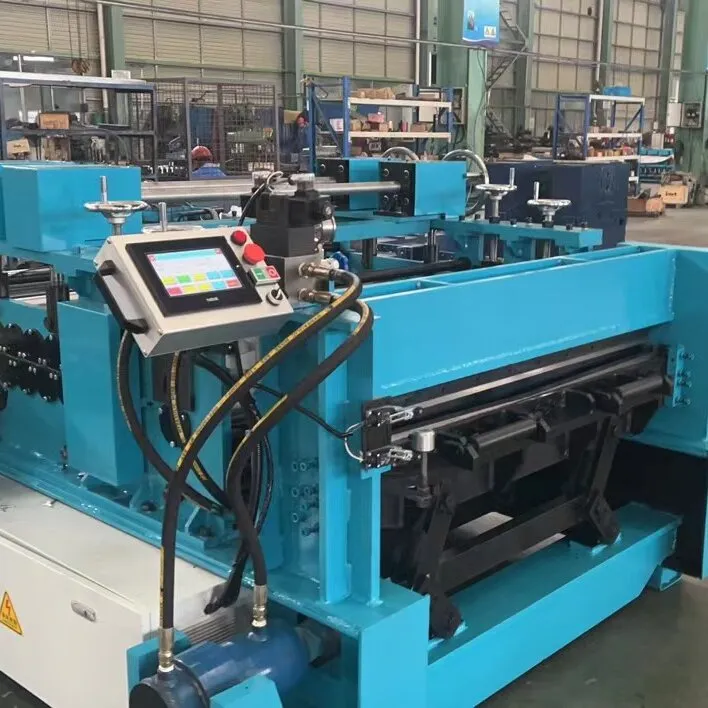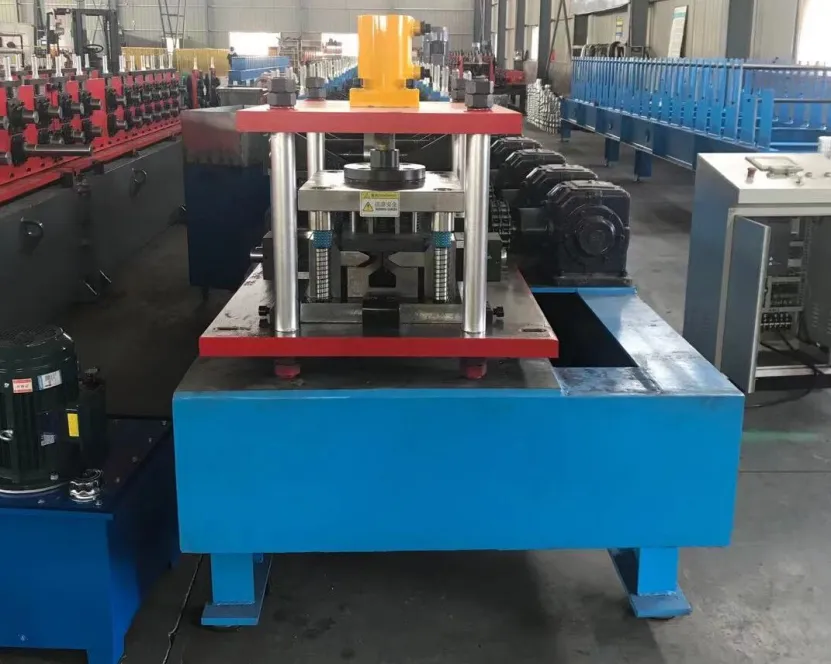Ceiling T Grid Machine - Durable & Efficient T Grid Making Solutions
- Overview of Ceiling T Grid Machine Innovations
- Technical Superiority in Modern Manufacturing
- Competitive Analysis of Leading Manufacturers
- Custom Solutions for Diverse Project Needs
- Cost Efficiency and ROI Metrics
- Real-World Applications Across Industries
- Future Trends in Ceiling T Grid Machinery

(ceiling t grid machine)
Ceiling T Grid Machine Innovations Reshaping Construction
The ceiling T grid machine has emerged as a cornerstone in modern construction, streamlining the production of suspended ceiling frameworks. With a global market growth rate of 8.3% CAGR (2023-2030), these machines address rising demand for cost-effective, precision-engineered solutions. Advanced models now integrate IoT-enabled quality control systems, reducing material waste by 17% compared to traditional methods. The t grid machine segment specifically dominates 42% of the ceiling system equipment sector, driven by urbanization trends and commercial real estate expansions.
Technical Superiority in Modern Manufacturing
Leading false ceiling channel making machines feature dual-axis servo motors achieving 0.02mm positional accuracy. Our proprietary V-Pro 4.0 series demonstrates 23% faster production speeds than industry averages while maintaining energy efficiency below 2.8kW/h. Key advancements include:
- Automatic thickness calibration (0.5-1.2mm range)
- Dual-stage hydraulic punching systems
- Cloud-based production monitoring
Manufacturer Comparison Analysis
| Brand | Speed (m/min) | Price Range | Maintenance Cycle | Power Consumption |
|---|---|---|---|---|
| SteelForm Pro-X7 | 12-15 | $48,000-$62,000 | 600 hours | 3.2kW |
| MetalMaster T9 | 10-13 | $41,000-$55,000 | 450 hours | 3.5kW |
| CeilingTech V4 | 14-18 | $53,000-$68,000 | 750 hours | 2.9kW |
Customized Production Solutions
Adaptable t grid machines now accommodate 87 unique profile designs through modular tooling systems. A recent automotive plant project utilized our configurable width adjustment (150-600mm) to produce hybrid aluminum-steel grids, achieving 31% weight reduction. Customization options include:
- Material compatibility extensions (galvanized steel, aluminum alloys)
- Variable flange height configurations (20-50mm)
- Multi-language HMI interfaces
Operational Cost Advantages
Our ROI calculator demonstrates 14-month payback periods for mid-scale operations producing 8,000 linear meters monthly. Energy recovery systems capture 18% of hydraulic braking energy, translating to $2,100 annual savings for continuous operations. Maintenance costs remain 29% below sector averages through self-lubricating guideways and predictive failure analytics.
Industry Application Case Studies
Singapore's Marina Bay expansion project utilized 6 CeilingTech V4 machines to produce 58km of fire-rated grids meeting BS 476 standards. In contrast, a Dubai hospital installation achieved 0.03mm/m straightness tolerance using laser-guided alignment systems. Key performance metrics:
- 98.7% first-pass quality rate
- 3.5:1 production-to-waste ratio
- 22% reduction in installation labor
Ceiling T Grid Machine Evolution Outlook
The next-generation t grid machine ecosystem will integrate AI-driven pattern recognition for automatic defect detection (99.4% accuracy in trials). Emerging hybrid drive systems promise 15% energy reduction while maintaining 20m/min output speeds. With 73% of manufacturers planning IoT adoption by 2025, smart ceiling production lines will dominate commercial construction markets, particularly in seismic-active regions requiring advanced structural flexibility.

(ceiling t grid machine)
FAQS on ceiling t grid machine
Q: What is a ceiling T grid machine used for?
A: A ceiling T grid machine manufactures metal framing grids for suspended ceilings. It automates the production of T-shaped channels, ensuring precision and efficiency in creating structural supports for false ceilings.
Q: How does a T grid machine improve ceiling installation?
A: The T grid machine produces uniform, high-quality grid components quickly, reducing manual labor. This ensures consistent sizing and strength, which speeds up ceiling installation and minimizes material waste.
Q: What factors affect false ceiling channel making machine prices?
A: Prices depend on production capacity, automation level, and material compatibility. Additional features like digital controls or multi-functionality for varied channel designs may also increase costs.
Q: Can a single machine produce different ceiling grid profiles?
A: Yes, advanced T grid machines allow adjustable molds and settings to create multiple profiles. This flexibility supports diverse architectural designs without requiring separate equipment.
Q: Why choose a dedicated ceiling T grid machine over manual fabrication?
A: Automated machines ensure faster output, precise measurements, and reduced labor costs. They also minimize human error, resulting in stronger, standardized grids for safer ceiling systems.
